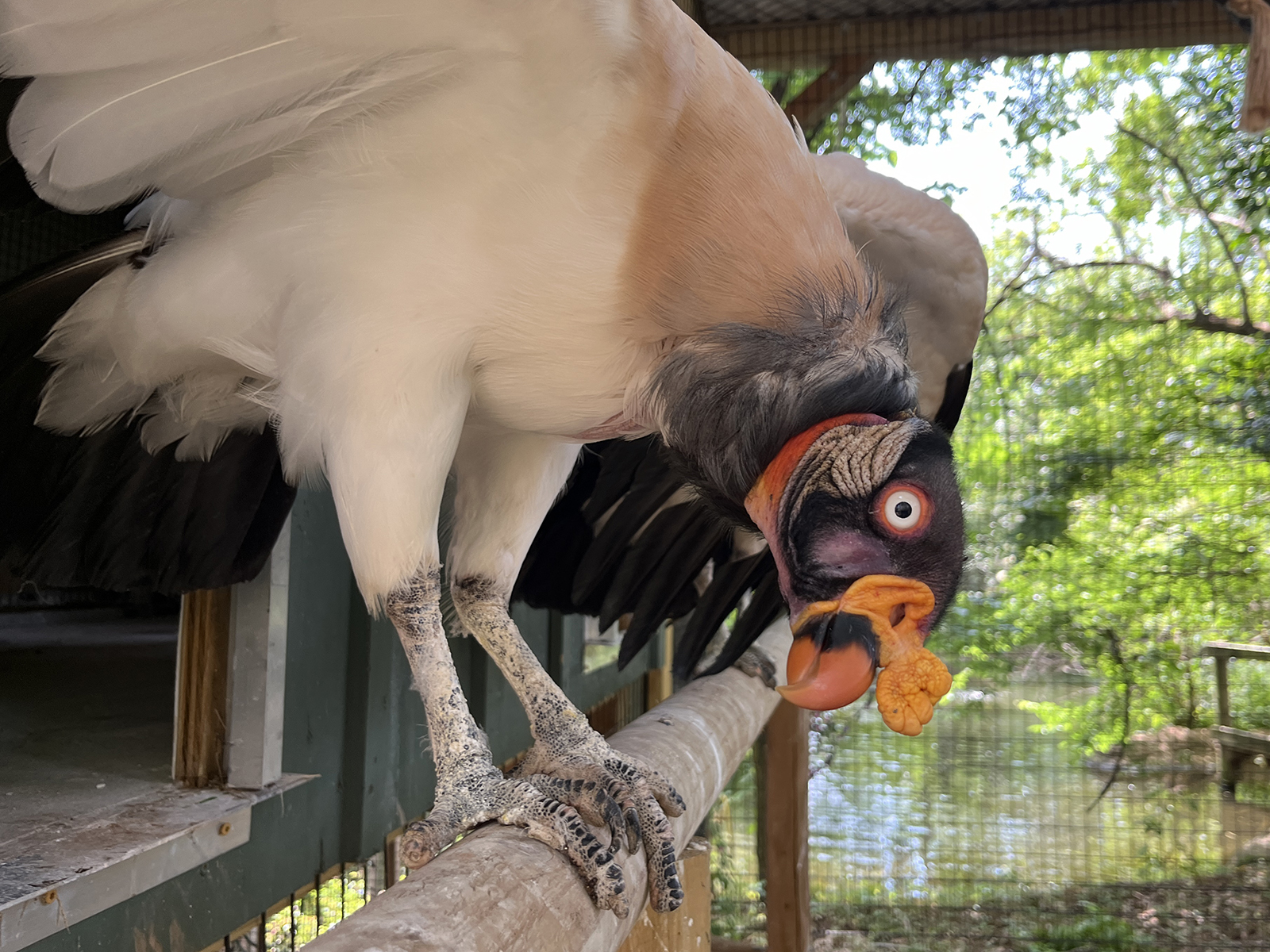King Vulture
Sarcoramphus papa
Class
Aves
Order
Cathartiformes
Family
Cathartidae
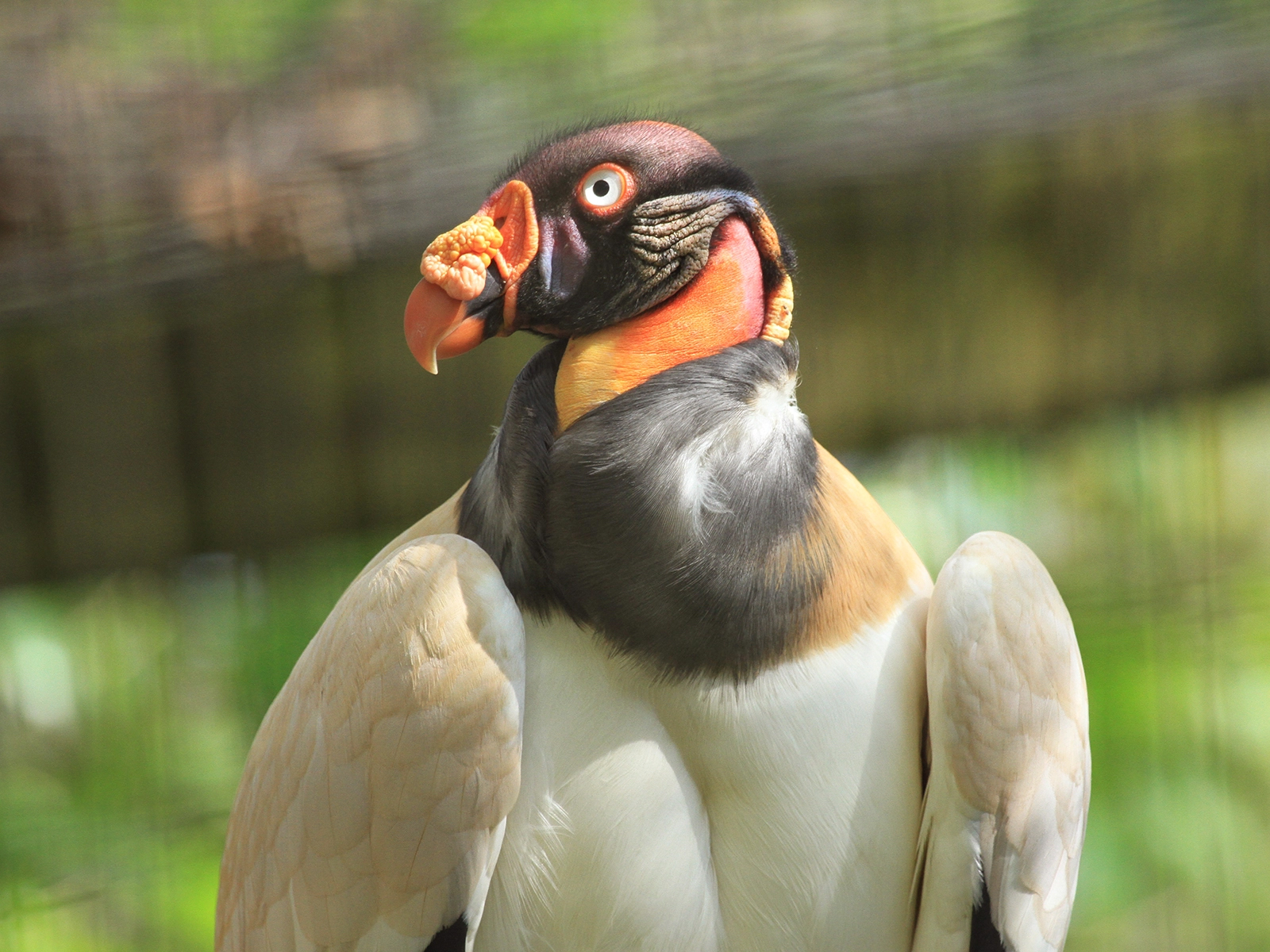
Aves
Cathartiformes
Cathartidae
Southern Mexico to northern Argentina
Length: 32 in
Wingspan: 5 - 6 ft
Weight: 6 - 9 lbs
Tropical forests; also seen in plains and savannas
Clutch of 1 egg
Incubation: 38 days
Carrion (dead or decaying animal matter)
Least Concern
They rely heavily on their keen eyesight to find food. They feed on rotting carcasses which helps prevent the potential spread of disease.
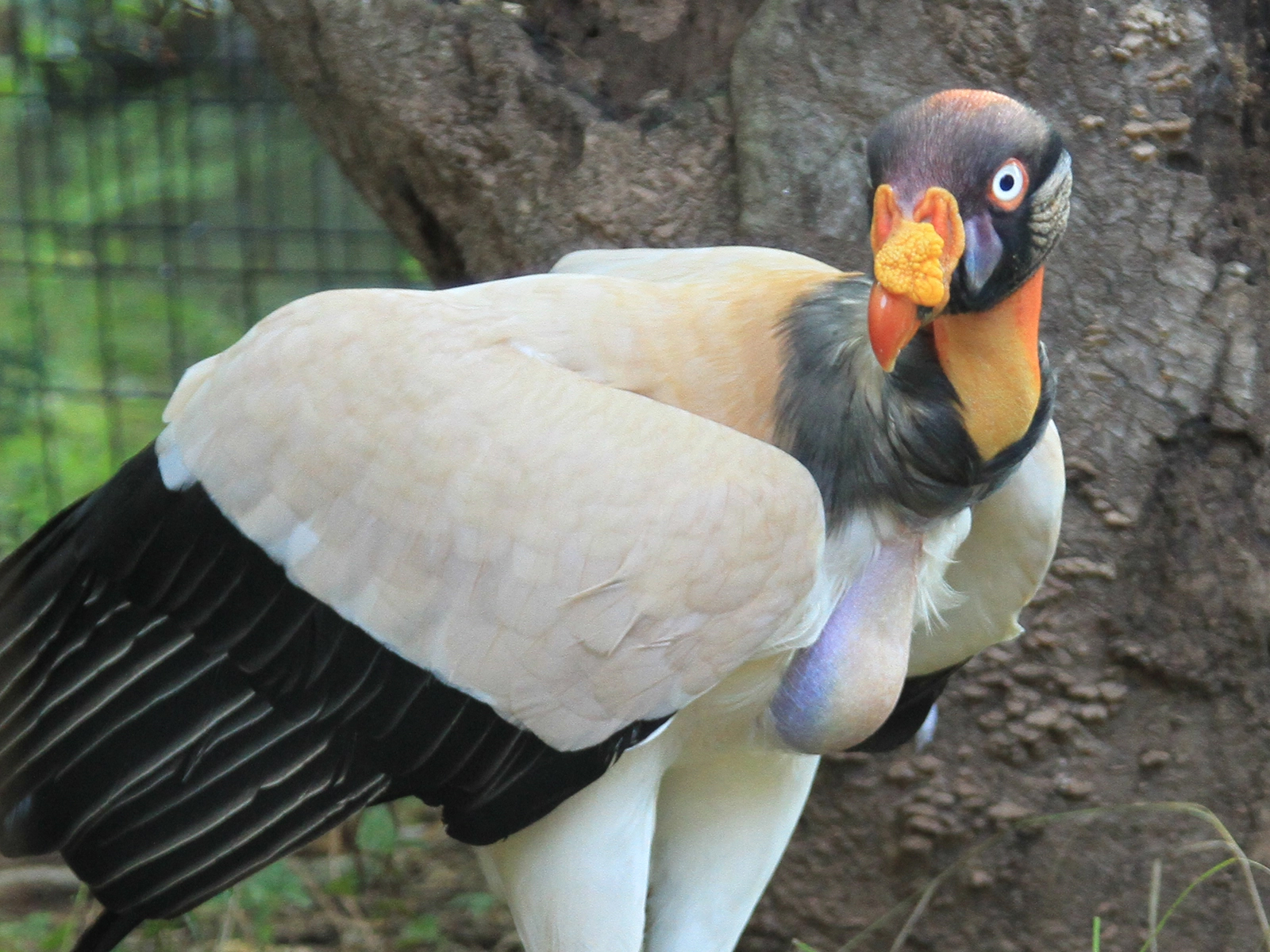
King vultures lack a syrinx, which means they can only make simple hisses and grunts.
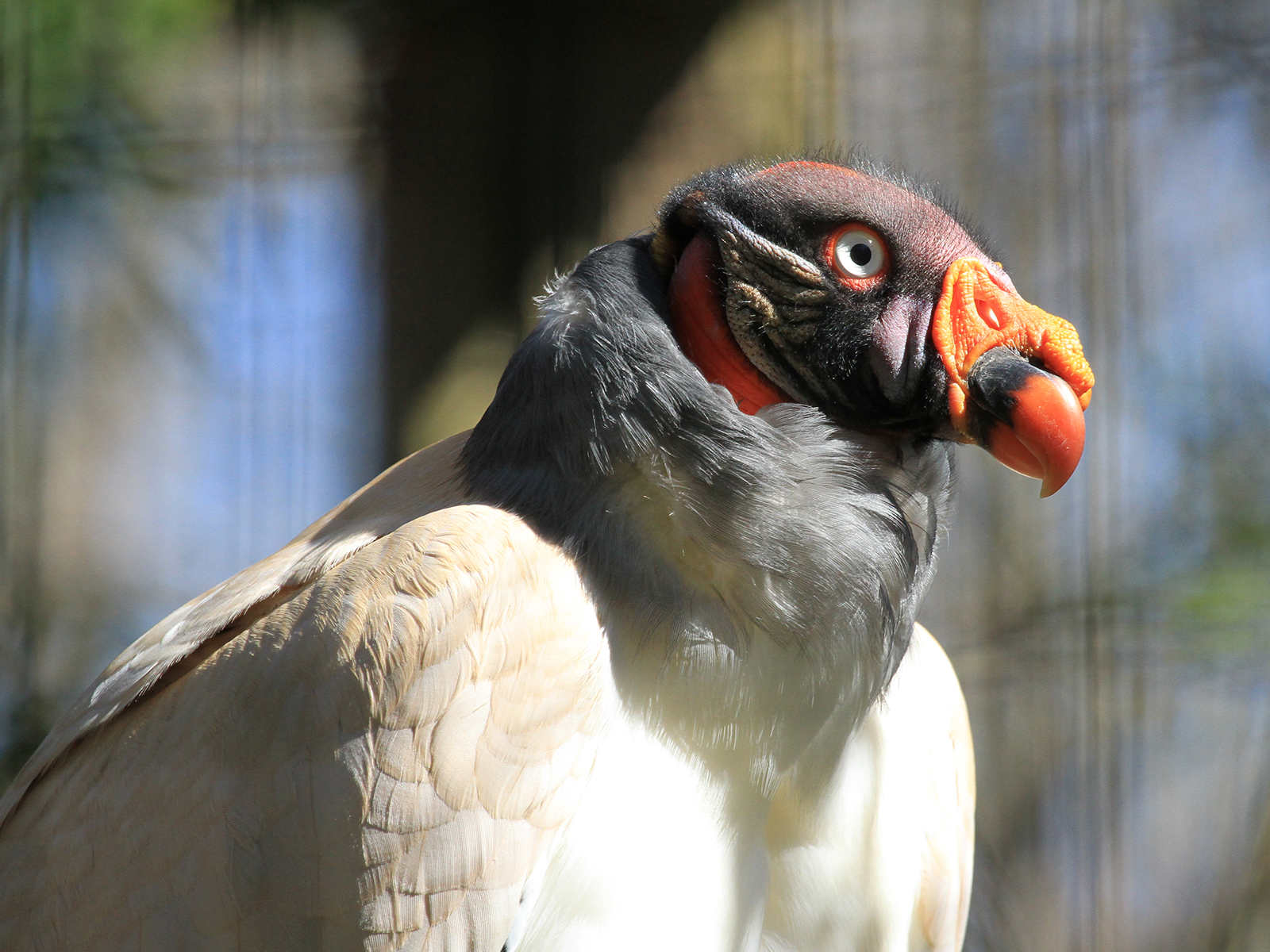
The king vulture usually lays a solitary egg. Both parents share the responsibilities of incubation. Chicks take five years to develop full adult plumage.
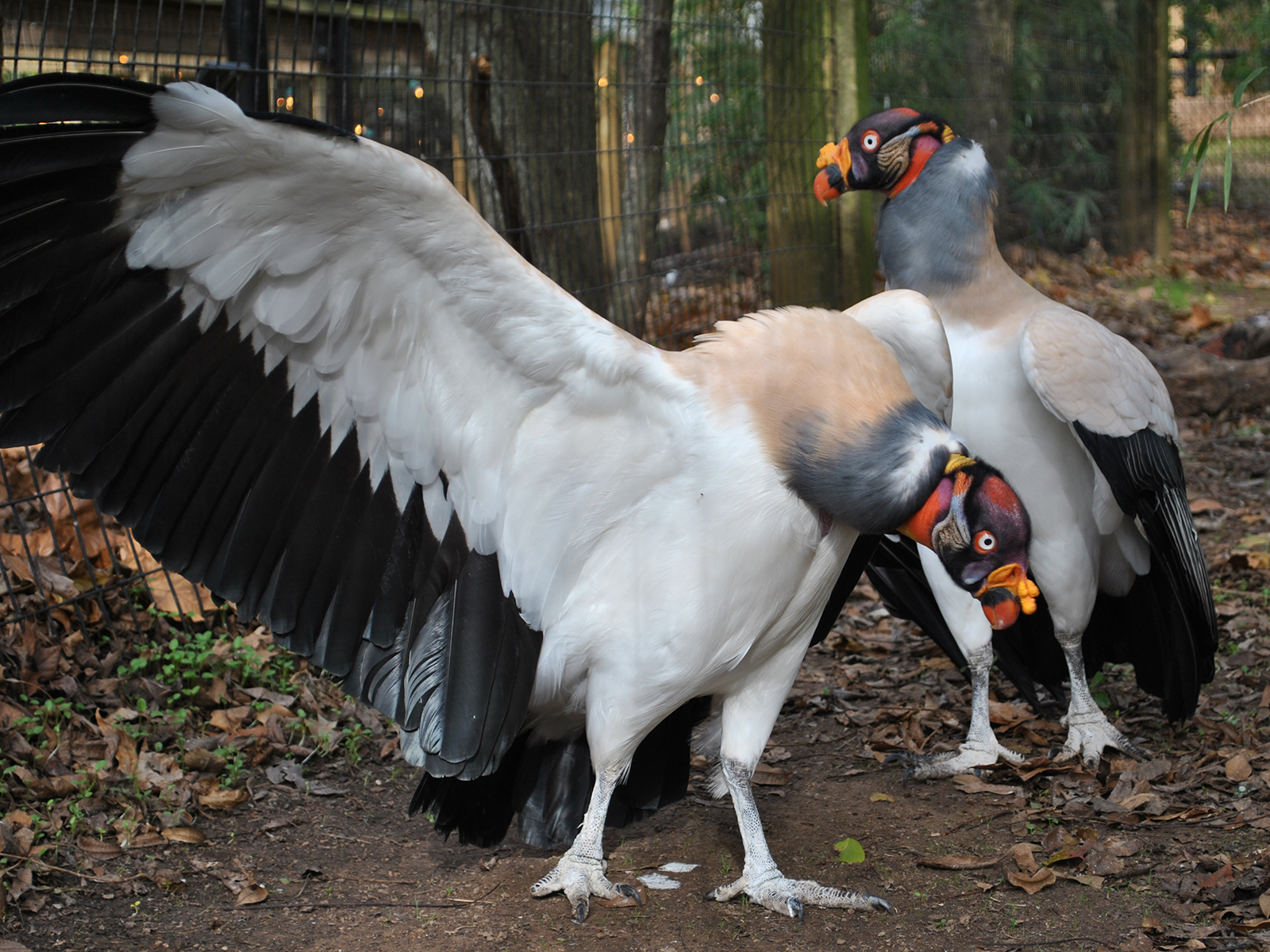
They are not listed as threatened, but there population is in decline due to human disturbance and habitat loss.
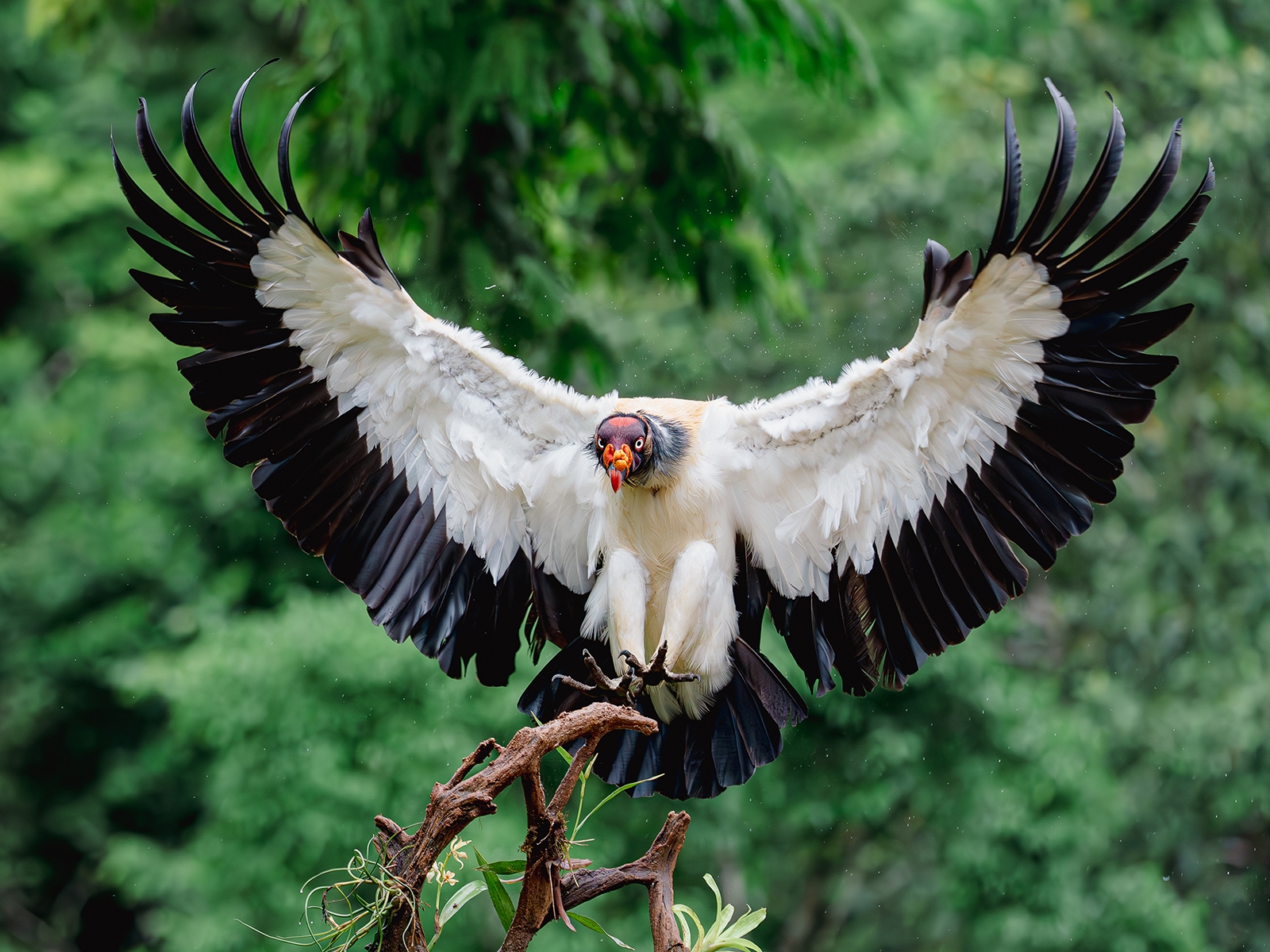
Disease Control. By quickly consuming decaying carcasses, king vultures help prevent the spread of disease. Carcasses left to rot can become breeding grounds for bacteria (like Clostridium botulinum and anthrax) that can contaminate water sources or infect other wildlife. The vulture's highly acidic stomach acid kills most of these dangerous pathogens.
Natural Sanitation. Vultures provide free sanitation services in remote areas where large animal carcasses (like tapirs, deer, or cattle) may be difficult for humans to dispose of. Without vultures, these carcasses would take much longer to decompose, leading to foul odors and pest issues near human settlements.
Hermosa Hatched April 18, 2000
Guapo Hatched Jan 29, 2001
